Eco-finance
Your Present Location: PROGRAMS> Eco-finance-
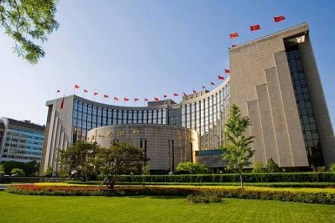
Liu Ying: Debt risks should be reduced to ensure smooth economic recovery
Guo Shuqing, chairman of China Banking and Insurance Regulatory Commission, has once again emphasized the importance of reining in financial risks, especially because the novel coronavirus pandemic has created uncertainties in China's external market and put downward pressure on the domestic market. That Guo's article, first published in Qiushi magazine, was also posted on the central bank's website on Sunday shows how important it is to control the financial risks.
2020-08-19 -
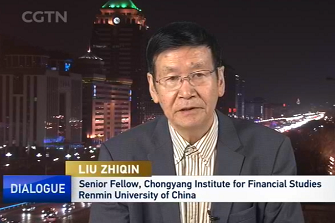
【CGTN Dialogue】Liu Zhiqin talked ahout China' s digital currency
On August 18, Liu Zhiqin, a senior fellow at the Chongyang Institute of Financial Studies, Renmin University of China (RDCY) was interviewed by CGTN Dialogue to share his view about China's Digital Currency.
2020-08-19 -
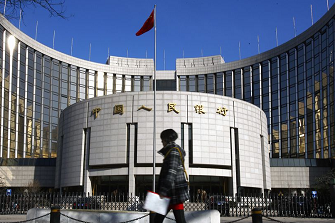
Djoomart Otorbaev: China takes a predominant role in sovereign debt management system
Facing the plight of COVID-19 and the looming economic prospects, governments and international organizations have devoted themselves to avoiding a debt crisis. According to recent reports, over 100 low- and middle-income countries will still have to pay a total of 130 billion U.S. dollars in debt service in 2020.
2020-08-10 -
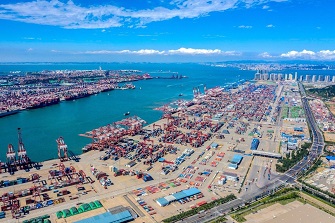
China to form new development pattern centered on 'internal circulation'
China will form a new development pattern centered on "internal circulation," and speed up a "dual circulation" growth model in which "internal circulation" and "international circulation" promote each other, said the Political Bureau of the Communist Party of China (CPC) Central Committee during a meeting convened on July 30. The meeting studied the current economic situation and made arrangements for the economic work for the second half of the year.
2020-08-08 -

He Weiwen: China’s Rebound
China’s National Bureau of Statistics released a report on July 16 on Q2 economic performance that showed 3.2 percent GDP growth year-on-year, a dramatic rebound from the 6.8 percent decline registered in Q1, thus narrowing the H1 fall to 1.6 percent from a year ago. China’s sharp V-shaped economic upturn serves as a bright lighthouse in a world of economic darkness in which most of the leading economies continue to struggle with the worst recession since the Great Depression of the 1930s. Nicolas Lardy, senior fellow at the Peterson Institute of International Economy, regards it as an important and positive contribution to the world economy.
2020-07-29 -

Liu Yuanchun: Insufficient demand now biggest challenge facing business vitality
The recovery of the Chinese economy from the COVID-19 pandemic has entered a new stage as boosting market demand has replaced supply-side support as the top policy priority. As the government pushes business resumption and policy assistance to help market entities overcome difficulties, China's economy has rebounded at a faster-than-expected speed from the impact of the novel coronavirus contagion.
2020-07-03 -

Liu Zhiqin Interviewed by CRI on China's Economy
Profits of China's major industrial firms rose 6 percent year on year to 582.3 billion yuan (82.28 billion U.S. dollars) in May due to the easing of cost pressures on producers and gradual recovery of market demand, data from the National Bureau of Statistics (NBS) showed Sunday. Liu Zhiqin, a senior fellow at Chongyang Institute for Financial Studies, Renmin University, interviwed by Biz Today and shared his opinion.
2020-06-30 -

Easier foreign investment access will accelerate stock market internationalization
China released a plan Thursday to lower the threshold for foreign investment in listed Chinese companies, a move that an expert said is set to advance the internationalization of the domestic capital market as the country's pursuit of high-quality growth welcomes more global participants. The Ministry of Commerce issued the draft document to solicit public opinion on administrative measures for foreign investment in listed Chinese companies.
2020-06-19 -

China plans to ease foreign investment access for listed Chinese firms to advance market internationalization
China's Ministry of Commerce (MOFCOM) on Thursday issued a draft to solicit public opinion on the administrative measures for foreign investment in listed Chinese companies. It proposed an effective easing of the investment threshold by lowering the total asset requirements for foreign investors that are not controlling shareholders. Required assets of foreign shareholders will be reduced to $50 million from $100 million, and assets they manage will be cut to $300 million from $500 million, noted the ministry. The lock-up period for foreign investors' holdings will be adjusted from three years to 12 months.
2020-06-19 -

John Ross: The global supply chain will hold firm
The sudden outbreak of a new pandemic has dealt a severe blow to China and the world economy. Can the Chinese economy survive COVID-19? Will there be an impact on the global supply chain? John Ross, former director of economic and business policy for the Mayor of London and a senior fellow at the Chongyang Institute for Financial Studies under Renmin University of China, shares his views with CGTN.
2020-05-06 -

He Yafei: Join Hands to Cope
Countries have been upgrading their countermeasures to handle the onslaught, with different degrees of success. The main problem lies in the “disorder” and “fragmentation” of global governance. Countries have largely been working independently without proper coordination, or blending geopolitical considerations with their coronavirus response, lacking the spirit of mutual assistance as envisioned in China’s proposed “community with a shared future for mankind.”
2020-04-09 -

He Yafei: Join Hands to Cope
Countries have been upgrading their countermeasures to handle the onslaught, with different degrees of success. The main problem lies in the “disorder” and “fragmentation” of global governance. Countries have largely been working independently without proper coordination, or blending geopolitical considerations with their coronavirus response, lacking the spirit of mutual assistance as envisioned in China’s proposed “community with a shared future for mankind.”
2020-04-09 -

He Weiwen: Will the Great Depression Repeat Itself?
Governments across the globe have announced severe measures to check its spread, from social distancing practices to lockdowns and quarantines. With factories, shops, restaurants and theme parks closed and most airline flights suspended, the economy has been falling off a cliff in many parts of the world.
2020-04-09 -

Opening-up policies to boost competence of financial sector
2020-04-08 -
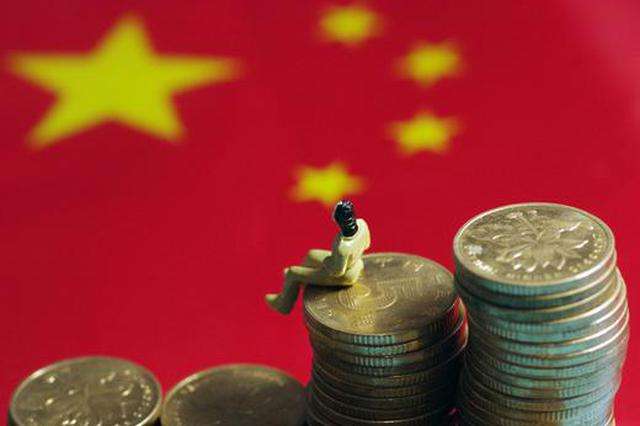
Opening-up policies to boost competence of financial sector
2020-04-08 -
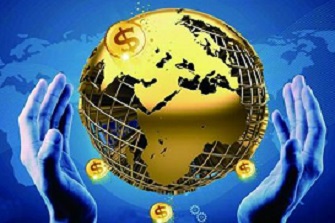
Is US facing recession? Real economy to decide
People even in their wildest dreams would not have expected the US stock exchange to halt trading so frequently. The volatility of the US stock market can be attributed mainly to the novel coronavirus pandemic. And the strong rally over recent days could be temporary. As for when the stock market will bottom out, it depends on when the pandemic is contained, and at what cost. But the US administration should realize that more effective measures to control the disease, rather than the massive stimulus package it has announced, are more conducive to boosting stock prices in a big way.
2020-04-07 -

Ding Gang: China, ASEAN see interconnectivity strengthen
The pandemic has had a strong impact on the Southeast Asian economy and around the world. The main export destination for China and Southeast Asian products is the US and European markets. As China has been gradually resuming economic activities, its consumption needs will help the recovery of the Southeast Asia industrial sector. For instance, China can purchase Southeast Asian products as supplements to imports from other parts of the world.
2020-03-19 -
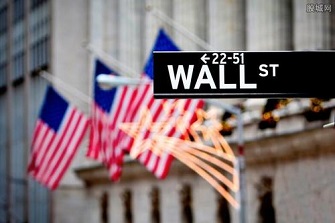
William Jones: Great Panic of 2020 is not the financial crisis of 2008
However things develop, it is already clear that there can be no simple return to the status quo ante. Too much has already been revealed about the fragile nature of our health system and the fragile nature of our economic system based on the vagaries of that "bubble market" known as Wall Street. There will have to be a new order of things in the United States, one geared to the people's livelihood rather than the Dow Jones average. Coming out of such a major crisis, the American people will accept no less.
2020-03-16 -
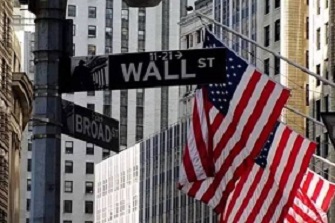
He Weiwen: The Abrupt FED Rate Cut: for Fighting COVID-19 or for Stock Market?
The sudden US Federal Reserve rate cut of 50 base points on March 3 was exceptional by any standard. It was not decided at its regular board meeting as the next one will be two weeks later. The urgent action was triggered only by Wall Street crash last week and the extreme pressure from President Donald Trump. FED rate cut shows little help to the fast spread of COVID-19 in US and even mislead the stock market. US President Trump’s effort may be a disaster to US future economy.
2020-03-05 -

Zhao Minghao: Mitigating the impact of COVID-19 on global economy is an urgent call
As the epidemic escalates, global coordination and cooperation become more important. On the one hand, the role of the World Health Organization (WHO) and the UN agencies needs to be given full play. On the other hand, countries must step up the alignment of economic policies. Protectionism is not a good way to revitalize the economy, nor is it good for fighting the epidemic.
2020-02-27























































































 京公网安备 11010802037854号
京公网安备 11010802037854号





